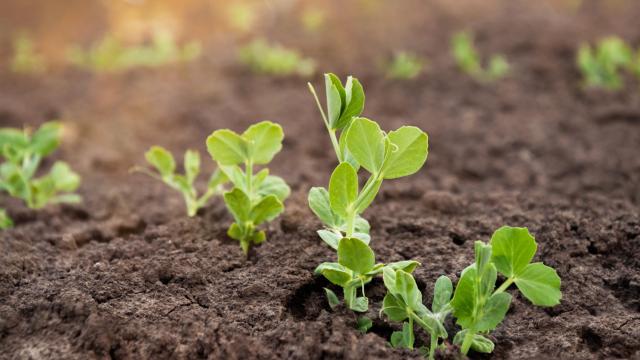Occasional warm days in August are a teaser for spring, so we understand if you’re starting to daydream about the garden you’ll plant when it’s closer to summer. But there’s no need to wait — you can get started on some of your spring gardening tasks right now.
Mark your calendar
The exact dates to plant, harvest, and do other gardening chores will vary according to your local climate. That means you should look up your area’s plant hardiness zone if you don’t know it already.
Then look up your zone to find out what you can plant when. At the very least, mark your calendar with the date that you can expect the last frost of the season. Many plants shouldn’t be planted outdoors until after the danger of frost has passed.
Look up the plants you’d like to grow — the specific varieties, like “Scarlet Nantes,” not just “carrots” — and see how many days they require to germinate and from planting to harvest. Work backwards to figure out what you’ll need to plant when.
Take inventory
Consider what you’d like to grow this year, and figure out whether you have all the supplies and equipment you’ll need. What seeds and seedlings will you need to buy? Do you need to replace any tools? Rent a rototiller? Stock up on fertiliser and mulch?
Start your tomato seedlings
Work backwards from your planting dates for tomatoes, peppers, and other warm-weather crops to figure out when you can start planting seeds indoors. Some plants grow well from seeds plopped in the ground in May (like squash and beans), but others (like tomatoes) really benefit from getting an early start indoors so they’ll be big and healthy when planting time rolls around. The colder your climate, the shorter your outdoor growing season, so northern gardeners tend to start more seeds indoors than people in warmer southern climates.
Prep your garden beds
You can start getting your hands dirty as soon as the ground can be worked, which usually also means the snow has melted and you’re only expecting light flurries and frosts from then on.
As soon as you can, get out there and pull up any dead plants, weeds, and leftover stakes or cages. The next step, once you can get a shovel into the ground, is to prepare the soil with any fertilisers or amendments you might need, and set up any new planters or beds. Now is also a good time to get a soil test (at your local extension or by using an at-home test kit) if you aren’t sure what, if anything, you’ll need to add to the soil.
Plant early-season crops
This is the fun part, and one that many folks overlook. While you may need to wait a few months to plant your warm-weather crops, plenty of vegetables love cold weather and can be planted as soon as the ground can be worked.
Lettuce is one of these, and it gives nearly instant gratification, since you can start enjoying baby lettuce in just a few weeks. Carrots, radishes, spinach, potatoes, and peas can go into the ground now or very soon, and you’ll be able to eat a whole homegrown salad before your neighbours have even gotten their tomatoes in the ground.

Leave a Reply
You must be logged in to post a comment.